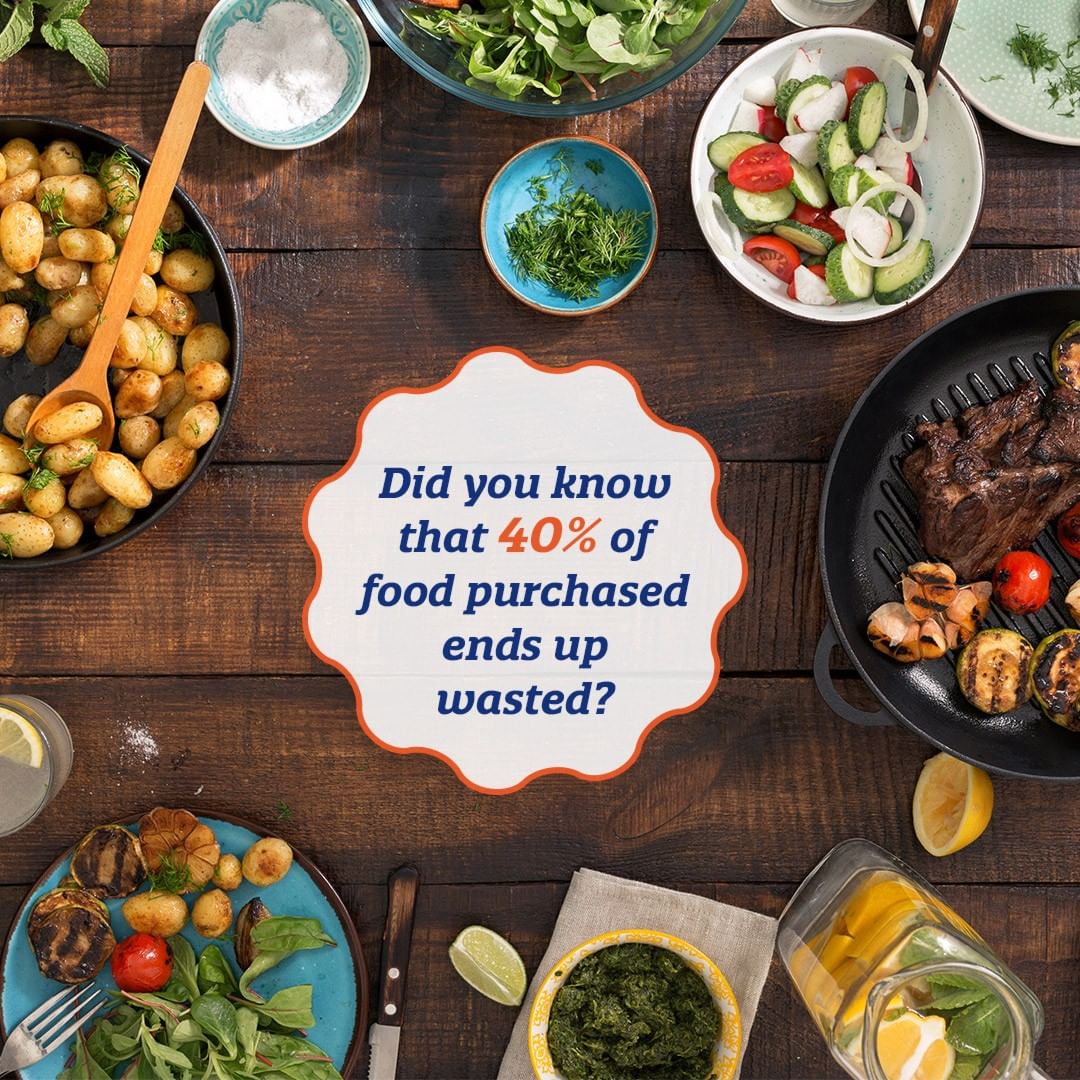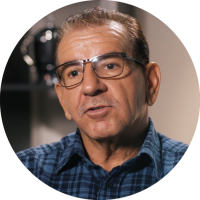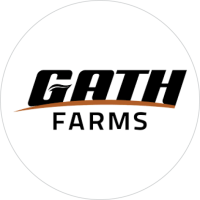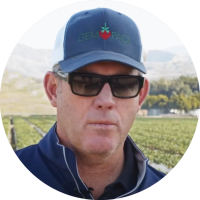
With the Holiday season approaching, everyone has food on the brain. What will you cook? What will you eat? Will you go back for seconds, thirds? But perhaps a question you’re not asking is… how much food is actually wasted from farm to the Holiday table? Roughly 40% of food produced in the U.S. ends up lost or wasted, even as tens of millions of Americans continue to face food insecurity. What’s more, that statistic doesn’t include on-farm food loss. The issue isn’t just the food that’s left in the field: some 21% of water, 18% of cropland, and 19% of fertilizer in the U.S. is used to produce food that no one eats, according to ReFED, a national nonprofit dedicated to ending food loss and waste.
Our friends and partners at #DudaFarmFreshFoods have tackled this issue, and are making reducing waste a priority. Brad Stinson, a fifth-generation farmer and QA/QC Field Supervisor at Duda Farm Fresh Foods Inc., firmly believes the produce industry can and must innovate its way out of the food-loss problem. For the sake of food-insecure communities, the health of the planet, and, frankly, a farmer’s bottom line. “The status quo is unsustainable,” Stinson explains. “We’re not making any new land. And the growing cost of remaining farmable land is driving many owners to sell to developers.”
Luckily, there are many ways growers can tighten up food loss: 1) Harvest timing. Schedule more and later harvests. That ensures there’s less food rotting in the field. 2) Assessing crop quality. The first step to solving the food loss challenge – and improving profit margins- is better data collection. 3) Adopt quality tools. Fortunately, new technologies – like scouting fields with aerial drones – make this less of a problem. Says Stinson, “We’re seeing all kinds of innovations to address sustainability and increased efficiency…And that really reflects the intuitiveness and innovation that the agricultural sector has always been known for.” At Earthmade, we couldn’t agree more!











